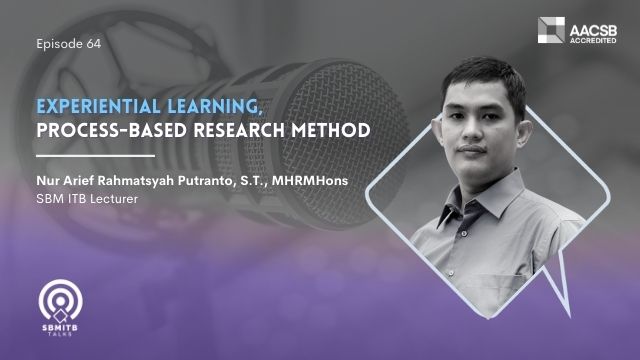Understanding Experiential Learning
Experiential Learning is an experience-based learning method. This method is different from the cognitive learning method which is generally obtained in the classroom through lectures or presentations. In Experiential Learning, students are given an experience through which they will get learning. The experiences experienced by students will then be reflected as a lesson.
Positive Impact of Implementing Experiential Learning
The demands of every educational institution want their students to not only master the knowledge, but also be able to implement what they learn. Experiential Learning is a very concrete form, providing practical skills to students. In addition, this method also improves problem solving skills significantly.
Various Forms of Experiential Learning
According to Mr. Arief, Experiential Learning can be divided into 2 forms, namely Direct and Indirect. In the direct method, the teacher makes students jump directly into the real world. For example, when students are asked to create a business, do community service, and others. As for the Indirect method, the teacher creates a learning atmosphere that resembles the original, usually in the form of a simulation.
Experiential Learning Evaluation Process
In Experiential Learning, what will be assessed by the teacher is the changes in someone from the beginning of the start of learning compared to the conditions at the end of the lesson, so that the teacher assesses the process. When compared, the Cognitive method talks about the transfer of knowledge, while the Experiential Learning talks about recreating knowledge by the teachers.
Educators’ Challenges to Experiential Learning
In Experiential Learning, students are required to understand certain chapters that are being studied. So the teacher must have basic knowledge first.




